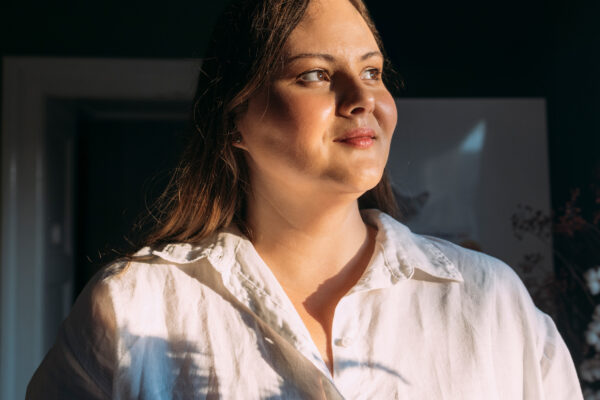The Light Adjustable Lens
Dr. Paul Sanghera and Jamie Bussin
More than 2.5 million Canadians are living with cataracts according to the Canadian Journal of Ophthalmology (July, 2022). 80% of people over the age of 80 either have had cataract surgery or have cataracts. It’s the most common elective surgery in the world. Dr. Paul Sanghera, a nationally renowned cataract and refractive surgeon, recently discussed the condition and treatments including the new Light Adjustable Lens (“LAL”) treatment, on episode #283 of the Tonic Talk Show/Podcast.
Cataracts are opacifications of the natural crystalline lens in our eyes. The lens focuses light onto the retina so that we can see. We’re all born with a clear lens, but over time all lenses opacify due to exposure to ultraviolet light from the sun. The only way to correct for the resultant cloudy vision is cataract surgery; a procedure in which the lens is removed by ultrasound and replaced with an artificial lens.
The new artificial lens that gets inserted into the eye has to have a specific prescription, which is determined by measuring the eyes prior to surgery. “95% of the time surgeons are accurate with that measurement. But there might be that rare instance where…we insert the new lens and it’s not quite right, not quite focused.” With traditional cataract surgery that’s problematic because adjustments can’t be made once the lens is embedded into the eye.
With LAL the initial procedure is the same. The eye is measured, the lens is removed and a new lens is inserted and heals inside the eye. The difference is that LAL’s have photosensitive macromers which can change the shape of the lens when ultraviolet light is shined into the eye, a month into the healing process. Dr. Sanghera explains; “We can actually tweak the prescription, or the shape of the lens, after the surgery. That is game changing technology.”
Because the lens is photosensitive to ultraviolet light, theoretically changes to the lens can occur by exposure to bright sunlight. So for protection, patients are given special glasses to wear post surgery.
“The sweet spot for adjusting the lens is about one month.” says Dr. Sanghera. There can be as many as three adjustments, usually spaced out by a week during which the patient can “test drive” their prescription. The adjustments, for example, might be for better sight over distance or for reading. The benefit is that there is no down time or recovery period between adjustments. After the third adjustment, the surgeon performs a “lock”, whereby the prescription is “baked in”. Once the lock is done, the ultraviolet light protection sunglasses aren’t needed and the patient can live their lives.
Dr. Sanghera and his partner Dr. Baseer Khan have performed approximately 100 LAL procedures, the first of their kind in Canada, since February. According to him, the results have been remarkable – reporting that approximately 95% of patients are seeing 20/20 or better at distance and reading “J1” fine print without glasses (double the rate of traditional lens technology). Despite a more involved post surgery follow-up procedure, Dr. Sanghera is very pleasantly surprised by his patients’ buying into the new process. “They love taking ownership of their sight. Telling us what they want from their vision.”
Dr. Paul Sanghera is an ophthalmologist and cataract and refractive surgeon. For more information visit www.lumea.io




